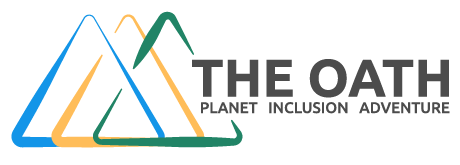The OATHmeal: Being a Responsible Fire Tender
“Buenos dias and welcome to the OATHmeal! What is the OATHmeal you ask? Well, it’s a quick, delicious, and nutritious start to your day as you go out as your WHOLElistic self aligned to systemic change.
But this is no simple instant OATHmeal. This has been intentionally stewed with care so that it powers your knowing and doing. It can be informative and interesting, but more importantly, it offers an invitation to action. Here is what we’re serving up for today:”
Ingredients:
An open mind
A readiness for reflection
Instructions:
Today we’re talking fire.
We’ve referenced before the value of reconnecting to the practice of prescribed burning for the health of an ecosystem. Many fire-adapted ecosystems benefit from low-intensity fire to create the conditions for healthy succession.
As part of our Wayfinding Practices at the Outdoorist Oath where we use Nature to guide us, this can be helpful to think about how this can be helpful in our sociocultural and socioemotional spaces.
For example, what can be prescribed burned in our relational spaces?
This invites being in the growth-oriented space of discomfort that does not simply say “burn it all down” but also doesn’t say “don’t touch it, put it out.” In the ecological landscape that type of myopic approach creates dangerous and destructive conditions. The same can be true in our relational spaces.
So we can ask ourselves questions such as: What have we inherited that no longer serves us?
What prescribed burning can we apply to our relational spaces? What are conditions of healthy succession?
And use that to apply a life logic to transformation as we undo harmful structural systems we’ve inherited (e.g. redlining).
But part of that means being a responsible fire tender, not someone who carelessly throws matches into the space or lets harmful underbrush grow. It means being in relationship with the fire as well, honoring its many modes of existence and offerings (destruction, creation, sacredness, utility, etc).
And while some of this may come in the form of new tools, models, and practices, we can also connect known approaches to this work. For example in the form of conflict resolution and evolution, restorative justice, reparative facilitation, and more.







